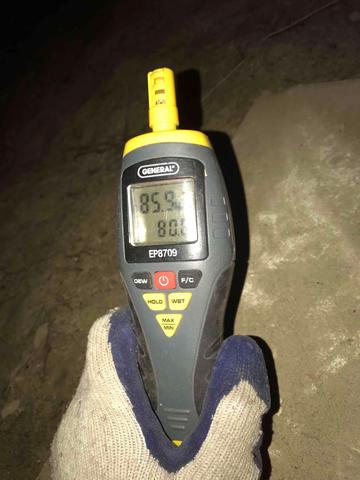
Relative Humidity in the Crawl Space
Relative humidity (RH) is the amount of moisture in the air at that temperature. Warm air holds more moisture than cold air, so the humidity is dependent on temperature and moisture. At 60% RH, mold and mildew growth can begin. In this crawl space, the relative humidity was about 85.9%, indicating there was a lot of moisture in the space.
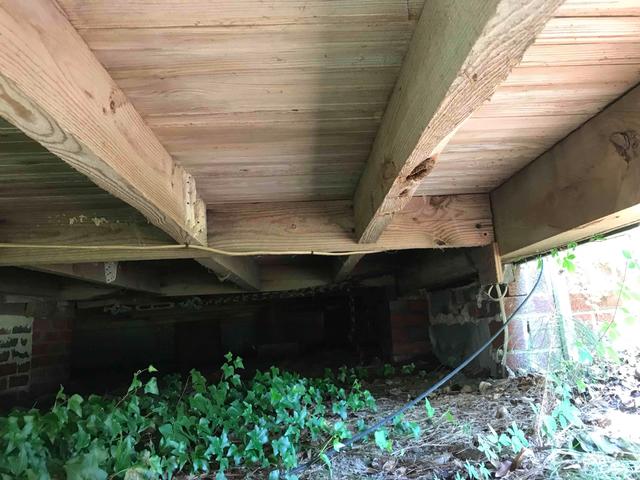
Exposed Addition Floor
When the addition on this home was built, foundation walls were not added, instead, piers were installed to support it. This leaves the floor exposed to the elements. It made the room hard to heat and cool, drafty and left the homeowners with freezing floors. To address this, we recommended insulating the subfloor with closed cell spray foam.
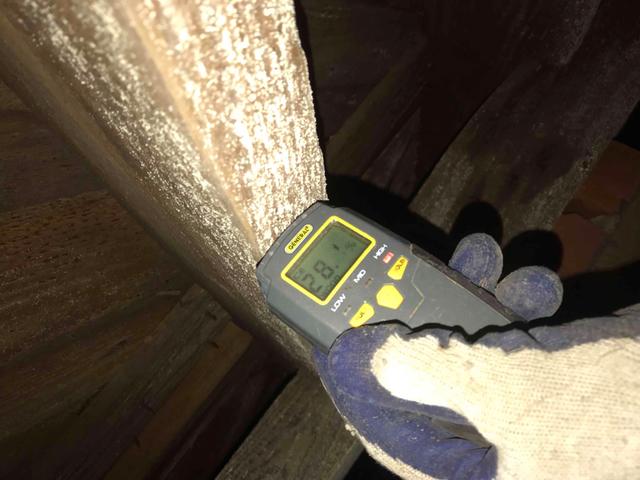
Wood Moisture Content
The wood substructure of the home collects moisture as it builds up in the crawl space. At 19% wood moisture content, the potential for wood rot begins. This crawl space had readings that varied from about 20% - 39% wood moisture content. As the joists get wet and soggy, they become soft, compromising the home's structure.
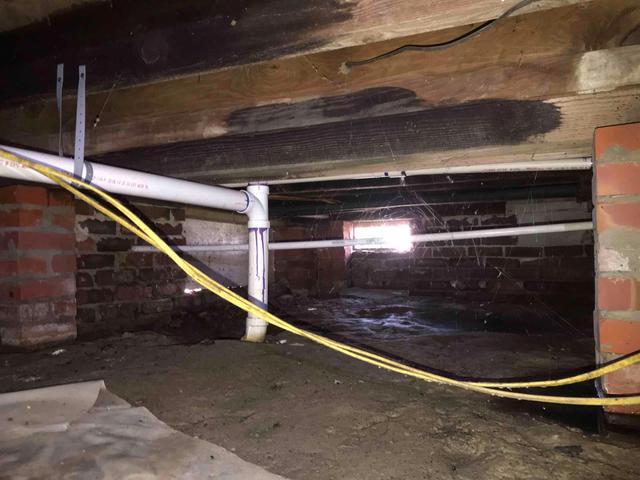
Rotting Floor Joists
Wood rot has begun on some of the joists in this crawl space. The darker material shows where rot is occurring, the wood is also soft, and there is microbial growth. Untreated, wood rot can cause serious structural damage to the home compromising its safety and durability.
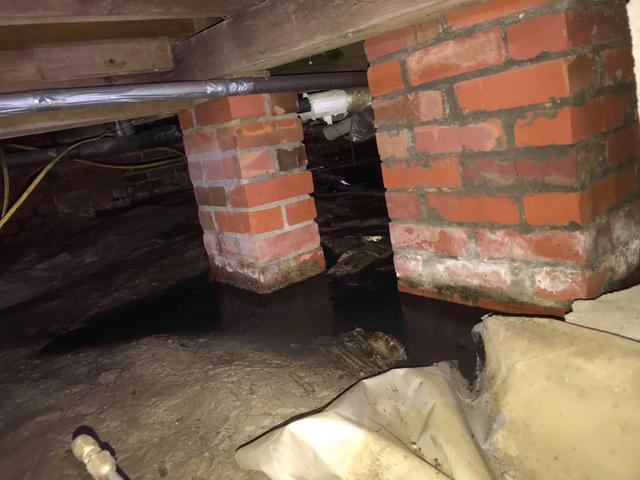
Puddling and Bulk Water
Puddles of water collecting in the crawl space slowly evaporate allowing moisture to rise and increase the relative humidity. Standing water contributes to musty odors in the home and high humidity in the house.
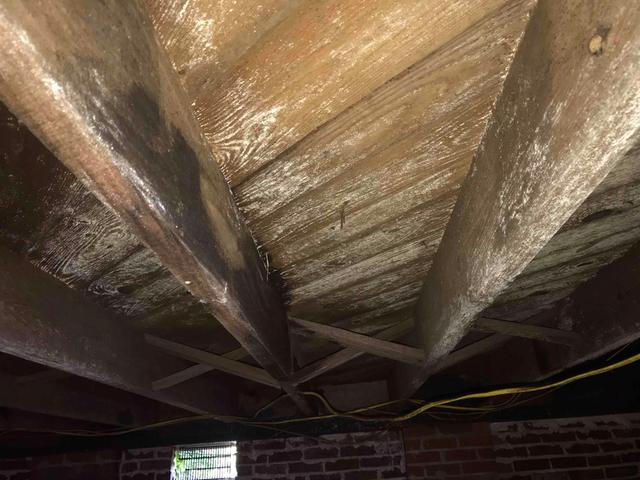
Mold & Mildew
Mold and mildew grow on organic materials, in this case, it's the subfloor and joists in the crawl space. Microbial growth begins at 60% relative humidity with moderate temperatures. Along with standing water, this can contribute to odors in the home and poor indoor air quality.


